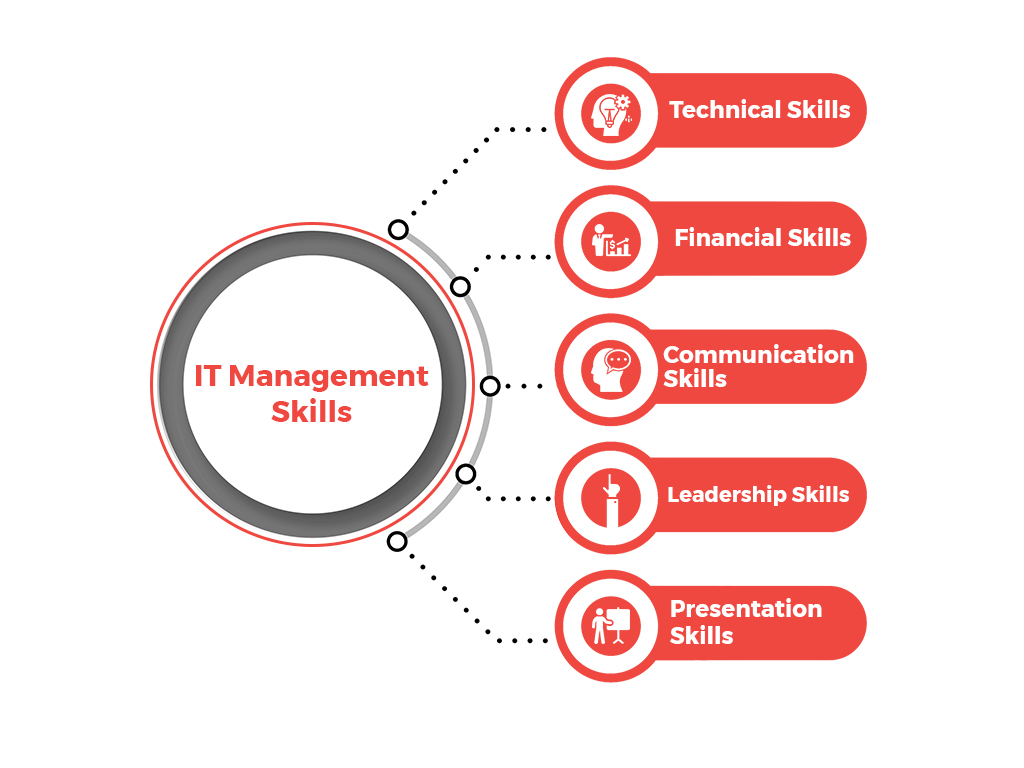
IT management
Okay, let’s talk about IT management. But let’s ditch the jargon, shall we? Imagine you’re the captain of a ship, and your ship is made of computers, networks, and software. That’s basically what IT management is – keeping that ship sailing smoothly.
Now, you don’t need to be a tech wizard yourself, but you gotta know how to keep things running.
1. The Big Picture: Strategy and Planning
Know Your Destination: Where do you want your tech ship to go? What are your goals? Do you want to be faster, more secure, or more efficient?
2. The Engine Room: Infrastructure and Operations

Keep the Engines Running: This means ensuring your hardware (computers, servers, etc.) and software are up and running 24/7. No downtime allowed!
3. The Crew: People and Processes
Hire the Right People: Find skilled sailors (techies) who know how to navigate the waters.
4. The Lookout: Security
Protect Your Ship: Cybersecurity is crucial. You need to protect your ship from pirates (hackers) who want to steal your data or disrupt your operations.
5. The Helm: Leadership and Decision-Making

Stay Calm in a Storm: Things will inevitably go wrong. You need to be able to make quick decisions and solve problems effectively.
6. The Passengers: End-Users
Keep Passengers Happy: Your end-users (employees, customers) rely on your tech ship to get their work done.
7. The Future of IT Management:
Cloud Computing: More and more ships are sailing in the cloud. This offers flexibility, scalability, and cost-effectiveness.
Conclusion
IT management might sound complex, but at its core, it’s about keeping your technology running smoothly so your business can thrive. By focusing on strategy, operations, people, security, and leadership, you can ensure your tech ship stays on course and reaches its destination safely.
Remember, the tech world is constantly evolving, so continuous learning and adaptation are key. By embracing new technologies and keeping your crew well-trained, you can navigate the challenges of the modern business landscape and achieve your goals.
Disclaimer: This article is for informational purposes only and should not be considered professional IT advice.
I hope this relaxed take on IT management was helpful! Let me know if you have any other questions.